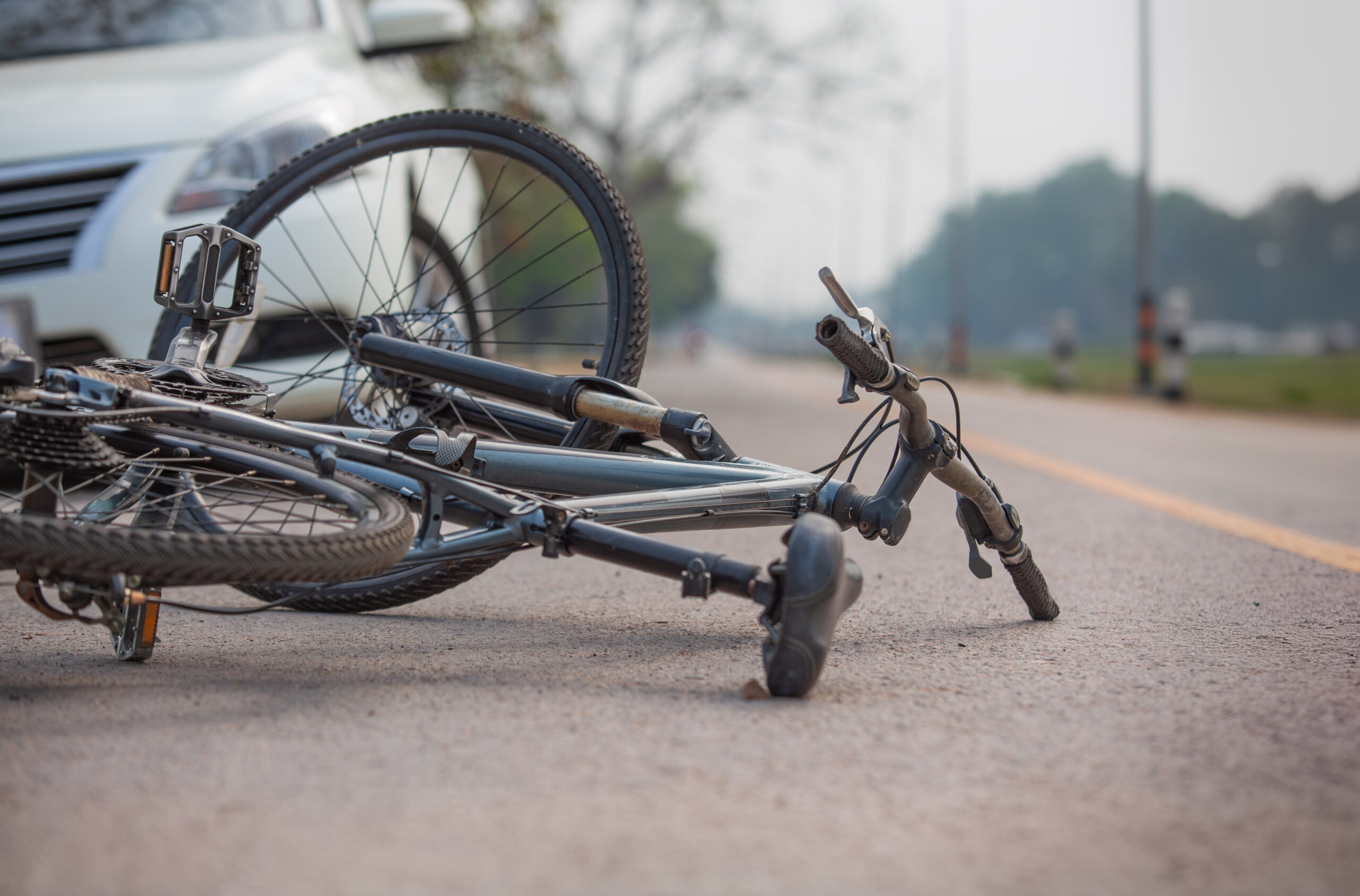Cycling has always been one of my favorite ways to stay active and explore the area around me. Living in suburban Philadelphia, I’ve found cycling to be both a practical mode of transportation and a great way to connect with nature. However, cycling in suburban areas comes with its own set of challenges, from navigating busy roads to staying safe around drivers who may not always be looking out for cyclists. Over the years, I’ve picked up some essential tips and strategies to make cycling safer and more enjoyable. In this blog, I’ll share what I’ve learned and offer advice for fellow suburban riders.
Choosing the Right Gear
One of the first steps to safe suburban cycling is having the right gear. Investing in quality equipment can make a huge difference in both safety and comfort.
1. Helmet is Non-Negotiable
Always wear a helmet. A properly fitting helmet can protect you from serious head injuries in the event of an accident. Look for helmets that meet safety standards and have adequate ventilation for comfort during long rides.
2. High-Visibility Clothing
In suburban areas, where you’re often sharing roads with cars, being visible is crucial. Wear bright or reflective clothing, especially if you’re cycling during early morning or evening hours. Adding reflective strips to your bike or backpack can further improve your visibility.
3. Lights and Reflectors
Equip your bike with front and rear lights. Even during the day, a flashing light can help drivers spot you more easily. Reflectors on your pedals and wheels add an extra layer of visibility, especially at night.
4. Comfortable and Safe Shoes
Cycling-specific shoes with a good grip can make pedaling more efficient and reduce the risk of slipping. Avoid loose or open-toed shoes when riding.
Pre-Ride Preparation
Before hitting the road, take a few minutes to prepare your bike and yourself.
1. Inspect Your Bike
Regular maintenance is key to a safe ride. Check your tire pressure, brake function, and chain condition before each ride. A quick inspection can prevent mechanical issues that might leave you stranded or cause an accident.
2. Carry Essentials
Always carry a small toolkit, a spare inner tube, and a pump. These tools can save you from being stuck if you experience a flat tire or minor mechanical problem.
3. Plan Your Route
Use apps or maps to plan your route ahead of time. Look for bike-friendly roads, trails, or dedicated lanes, and avoid high-traffic areas whenever possible. Knowing your route helps you stay focused and reduces the chances of making sudden, risky decisions.
Navigating Suburban Roads
Cycling in suburban areas often means sharing the road with cars, so understanding how to ride defensively and predictably is critical.
1. Ride with Traffic
Always ride in the same direction as traffic. Riding against traffic is not only illegal in most places, but it’s also much more dangerous because drivers are less likely to see you.
2. Stay to the Right, But Not Too Far
Ride on the right side of the road, but avoid hugging the curb too closely. Stay a safe distance from parked cars to avoid getting hit by an opening door, a common hazard known as “dooring.”
3. Use Hand Signals
Communicating your intentions is vital. Use clear hand signals to indicate turns or when you’re stopping. This helps drivers anticipate your movements and reduces the likelihood of accidents.
4. Make Eye Contact
When approaching intersections or crossing driveways, make eye contact with drivers to ensure they see you. Never assume that a driver has noticed you, even if you have the right of way.
Staying Alert and Defensive
Cycling in suburban areas requires constant awareness. Being alert to your surroundings can help you avoid potential dangers.
1. Watch for Hazards
Suburban roads can have unique hazards like potholes, gravel, and uneven pavement. Scan the road ahead to spot and avoid these obstacles in time.
2. Be Aware of Drivers
Drivers may not always pay attention to cyclists, so it’s important to stay vigilant. Avoid lingering in a driver’s blind spot, and be cautious around cars turning right, as they may cut you off unintentionally.
3. Listen, Don’t Rely on Hearing
Avoid wearing headphones or earbuds while cycling, as they can block out important sounds like car horns or approaching vehicles. Instead, stay focused on what’s happening around you.
4. Know Local Laws
Each area has its own set of cycling laws, so make sure you’re familiar with them. For example, some suburban towns may require cyclists to use bike lanes or specific paths where available.
Enjoying the Ride
Cycling is more than just a way to get around—it’s a chance to enjoy the outdoors and improve your fitness. Staying safe doesn’t mean you can’t have fun along the way.
1. Explore Trails and Parks
Many suburban areas near Philadelphia have dedicated bike trails and parks that are safer and more scenic than riding on the road. For example, the Schuylkill River Trail offers miles of beautiful, car-free cycling.
2. Ride with Friends
Cycling with others not only makes the experience more enjoyable but also increases your visibility to drivers. Plus, it’s a great way to share tips and discover new routes.
3. Take Breaks
On longer rides, take breaks to hydrate, refuel, and enjoy the scenery. Pack a snack or stop at a local café to recharge before continuing your journey.
Final Thoughts
Cycling in suburban areas can be a rewarding experience if done safely and responsibly. By choosing the right gear, staying prepared, and practicing defensive riding, you can reduce risks and enjoy the freedom that comes with exploring your surroundings on two wheels.
For me, cycling is not just exercise—it’s a way to clear my mind and experience the world around me. If you’re a fellow suburban cyclist, I hope these tips help you feel more confident and excited to get out and ride. Stay safe and happy pedaling!
